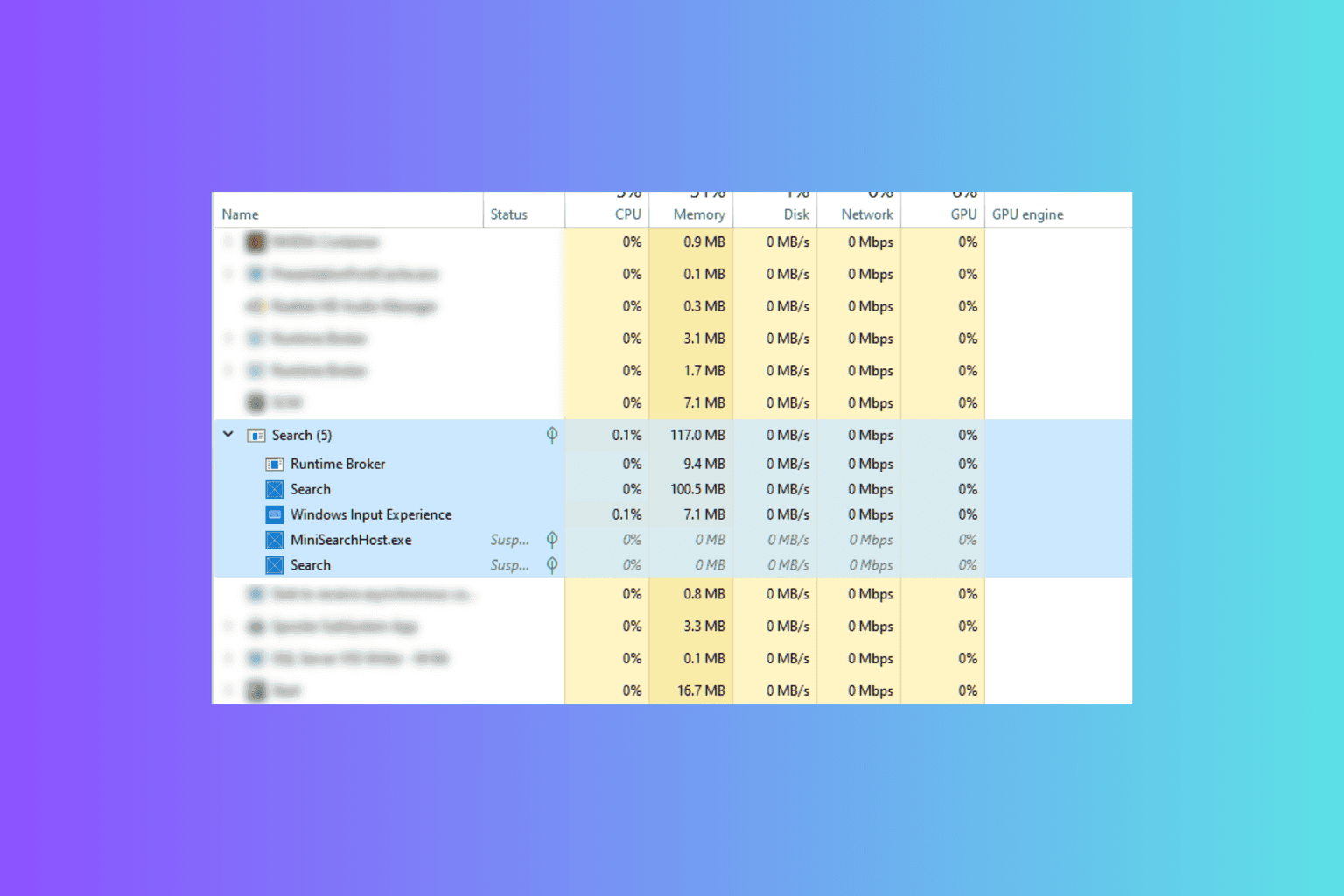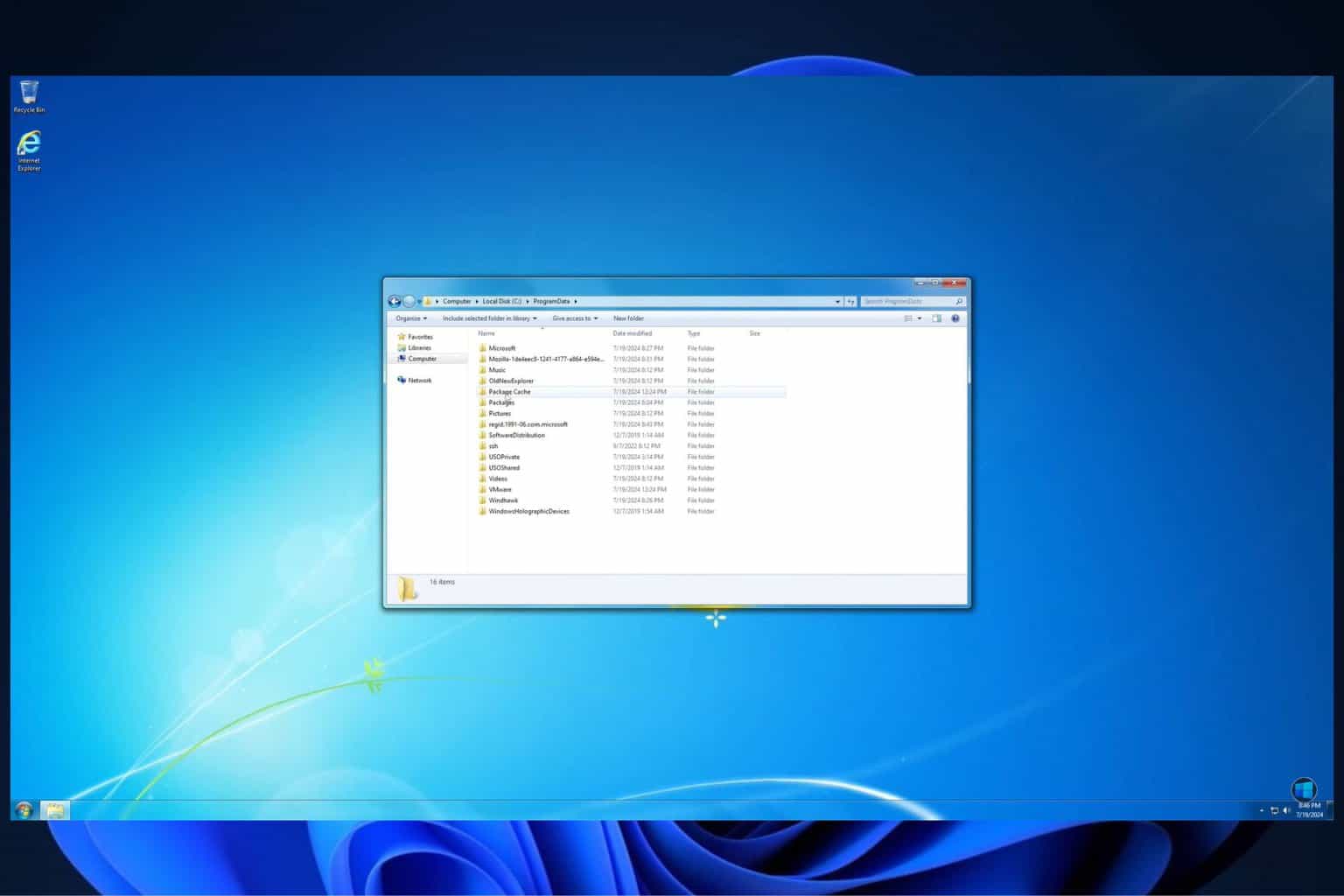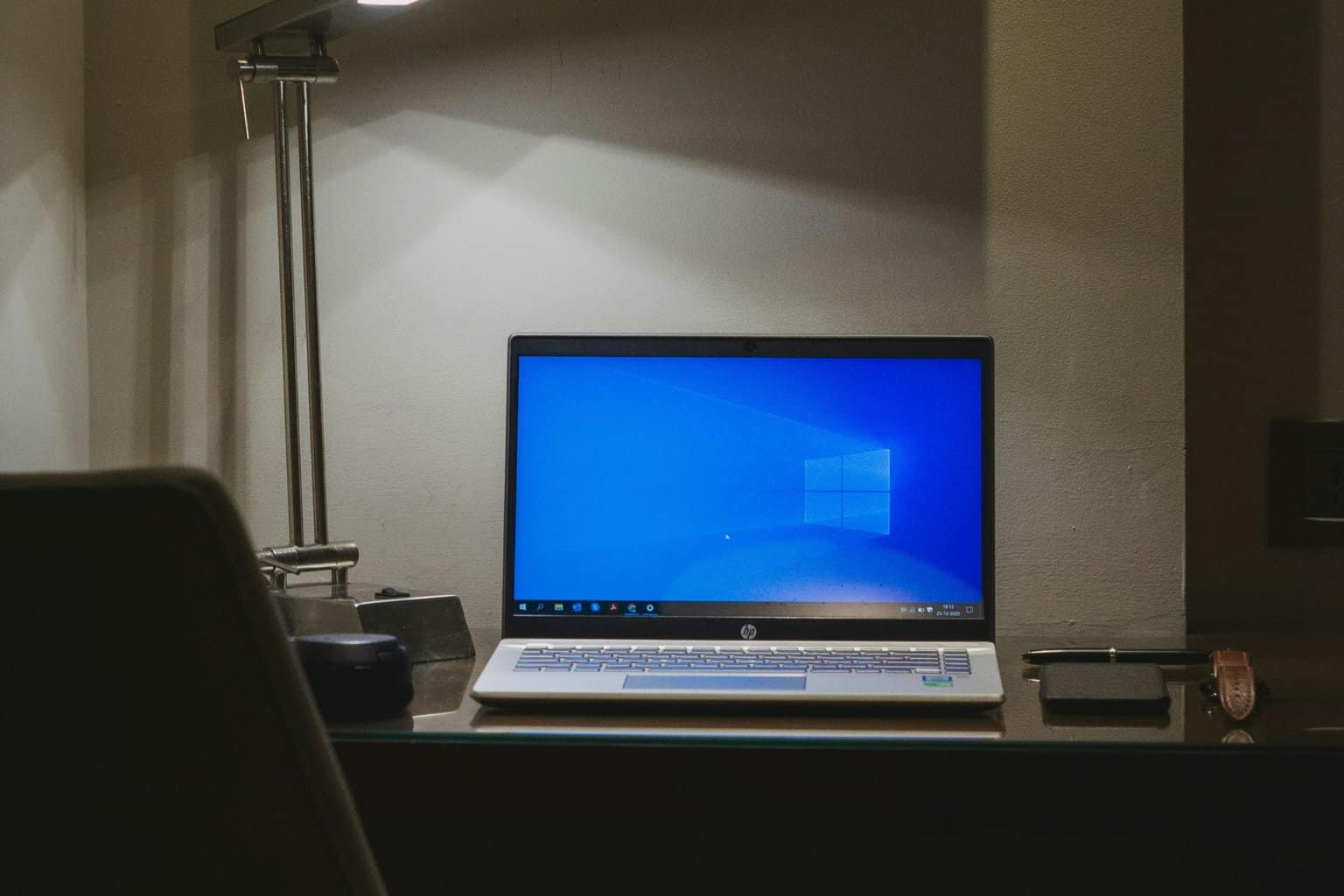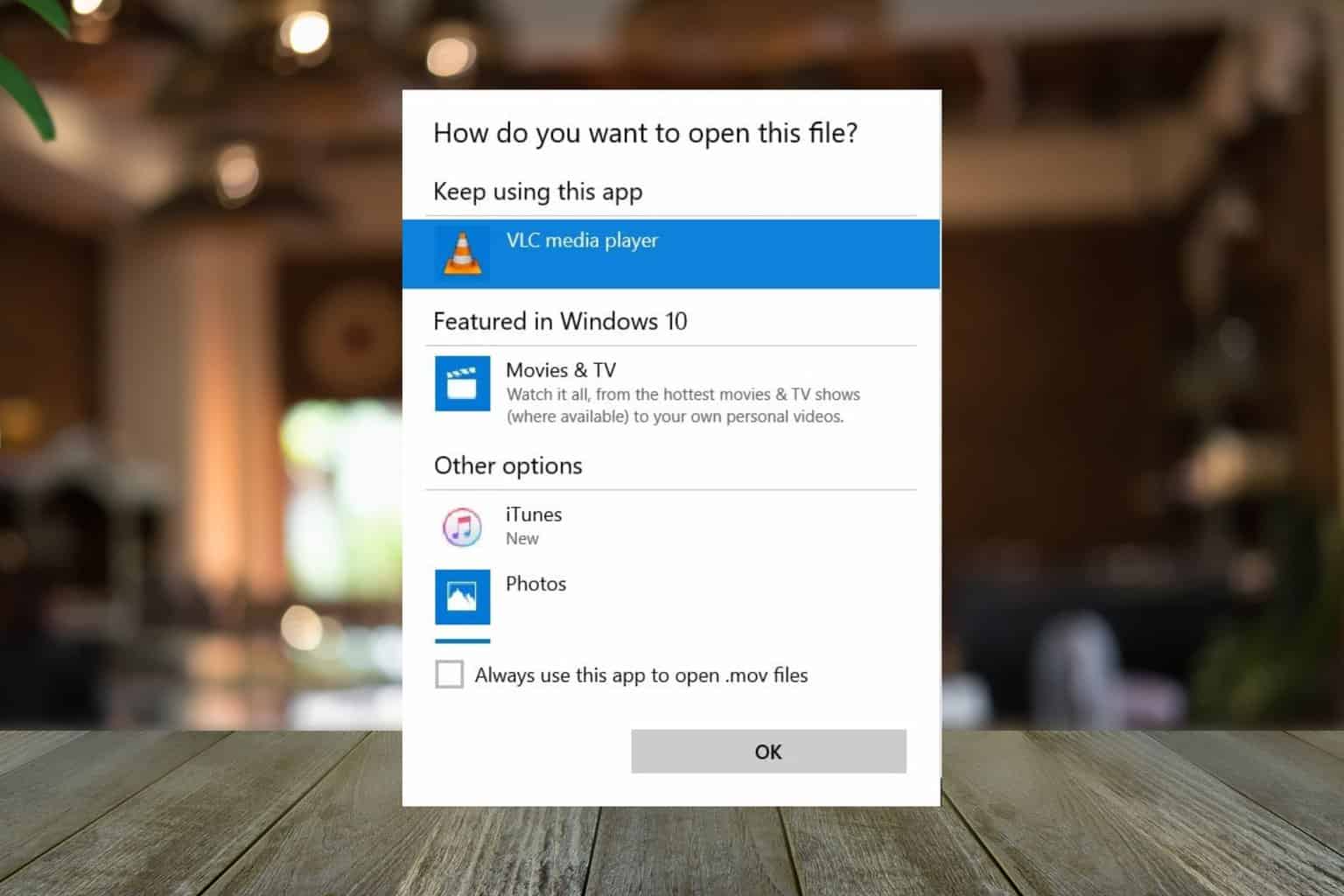Windows 7 to Windows 10/11 upgrade FAQ: Here are the answers
7 min. read
Updated on
Read our disclosure page to find out how can you help Windows Report sustain the editorial team Read more

As we all know, all the good things come to an end. The countdown timer for the ageing Windows 7 OS has been officially started by Microsoft. The end of support deadline has encouraged most of the users to upgrade to Windows 10.
Windows 7 was officially launched in 2009. Most of the users (both individual and enterprise) are still using the ageing Windows 7 operating system even after a decade. Some are obsessed with the narrow Start Menu, colourful and glassy Aero theme, and the iconic startup sound. While others are just in love with the minimalistic Windows 7 UI that they even don’t want to mess up with a new version of Windows.
What so ever is the case, you will no longer be receiving critical security fixes and official support after January 14, 2020. Therefore, you will have to upgrade to Windows 10 if you want to get security updates and new features from Microsoft.
For all those who have tons of questions in mind, here are the answers that can help you in a smooth Windows 7 to Windows 10 Upgrade.
Windows 7 to Windows 10 FAQ
1. Can I still use Windows 7 after 2020?
Yes, you can still use and operate on the Windows 7 operating system after January 14, 2020. But the bottom line is, Microsoft will no longer be releasing free security updates for those who continue to use Windows 7.
You will not be eligible for receiving any software, security, or feature updates. You will have to pay a huge amount for the extended support for Windows 7 on a per device basis. While the cost is going to increase on a yearly basis so it is definitely going to be an expensive option especially for the individuals.
Please have a look at the pricing details:
| Sr. No | Year | Duration | Cost (Windows 7 Pro) | Cost (Windows Enterprise (add-on)) |
|---|---|---|---|---|
| 1 | Year 1 | January 2020 - January 2021 | $50 per device | $25 per device |
| 2 | Year 2 | January 2021 - January 2022 | $100 per device | $50 per device |
| 3 | Year 3 | January 2022 - January 2023 | $200 per device | $100 per device |
Therefore, it is highly recommended that you should upgrade to the latest version of Windows i.e Windows 10.
2. How can I upgrade my Windows 7 to Windows 10 for free?
After July 29, 2016, Windows 10 does not support the free upgrade offer via Get Windows 10 (GWX) app. While if you are still interested in the upgrading your PC for free your should go for Microsoft 365 Business.
This version of Windows offers a free upgrade to the users who have a Windows 7, 8, or 8.1 Pro license. Therefore, you will not have to pay any additional cost for the upgrade by purchasing Microsoft 365 Business.
Additionally, you can also try our guide in order to upgrade to Windows 10 for free.
3. What happens if I continue to use Windows 7 after January 2020?
Microsoft has officially announced that it will no longer support Windows 7 PC beyond January 14, 2020. This means that if you continue to use Windows 7 after January 2020, you will not be eligible to receive free security updates from Microsoft.
While keeping in mind the latest cyber-attacks, your operating system will be vulnerable to the increasing security threats. You will also have to pay a huge cost for extended support. Furthermore, you will not be able to get Windows 7 technical support from Microsoft customer service.
Therefore, Microsoft recommends its users that they should consider upgrading to Windows 7. Windows 10 comes with free security updates, so you will be able to protect your data.
4. Can I still activate Windows 7 after support has ended?
Yes, you can still install and activate Windows 7 after January 14, 2020. However, you will not receive any security updates from Microsoft beyond the deadline. Hence, the lack of security updates will increase your chances of being vulnerable to viruses and security risks.
Microsoft recommends all of its users to upgrade to Windows 10 for continued security updates after support has officially ended.
5. What happens if Windows 7 is not supported?
Despite the fact that the unsupported version Windows 7 will continue to work, you will not be receiving any software updates from Microsoft through Windows Update. These software updates include both security and reliability updates for the users. Your personal information will be vulnerable to spyware, viruses, and similar malicious software.
Moreover, Microsoft customer support will no longer entertain any queries related to the unsupported version of Windows 7. If you are still using Windows 7, you should upgrade to Windows 10 before January 14, 2020.
6. Does Microsoft extend Windows 7 support?
Microsoft has officially announced to stop Windows 7 support after January 14, 2020. While Windows 7 Professional or Windows 7 Enterprise will be allowed to receive security updates through the paid Extended Security Updates (ESU) program. The extended support will be available for 3 years after the end of support deadline. The users will have to pay a huge per-device cost that is expected to increase year by year.
Here are the pricing details for the extended support:
| Sr. No | Year | Duration | Cost (Windows 7 Pro) | Cost (Windows Enterprise (add-on)) |
|---|---|---|---|---|
| 1 | Year 1 | January 2020 - January 2021 | $50 per device | $25 per device |
| 2 | Year 2 | January 2021 - January 2022 | $100 per device | $50 per device |
| 3 | Year 3 | January 2022 - January 2023 | $200 per device | $100 per device |
Microsoft recommends upgrading to Windows 10 to receive free security updates and support from the company.
7. How do I transfer files from Windows 7 to Windows 10?
Various third-party tools are available in the market that can help you in transferring your data and files from Windows 7 to Windows 10. You just need to follow a number of steps whether you are buying a new Windows 10 PC or planning to upgrade your existing Windows 7 powered machine to Windows 10. You can follow our Guide to migrate your apps, settings, options etc on Windows 10.
8. Can I downgrade from Windows 10 to Windows 7?
Although millions of users have upgraded to Windows 10, after the official end of support deadline from Microsoft. Few of them are still interested in sticking to the ageing Windows 7.
They might have reservations while migrating to a new version regarding upgrade and compatibility issues, program support etc. If you are one of them, don’t worry you can always go back to your previous version.Your simply need to follow these steps to downgrade from Windows 10 to Windows 7.
9. Can Windows 7 key activate Windows 10?
Yes, Windows 10 can be activated with a genuine Windows 7 key. In order to activate it, you just need to enter the key during the setup phase or activate it from the Update & Security section of the Settings app.
10. Can Windows 7 install over Windows 10?
Yes, you can install Windows 7 over Windows 10, but that will completely remove Windows 10 from your PC. If you want to use Windows 7 and Windows 10 side by side, you should consider using a dual boot or a virtual machine.
11. Can Windows 7 look like Windows 10?
Yes, it’s possible to make Windows 7 look like Windows 10, but in order to do so, you’ll need to use third-party applications. One way to make your Windows 7 look like Windows 10 is to use Windows 10 Transformation Pack.
Bear in mind that this type of software will modify your system files, so you’re using it at your own risk.
12. How to upgrade non-genuine Windows 7 to Windows 10?
You can’t upgrade the non-genuine version of Windows 7 to Windows 10, and if you try to do so, you’ll get a message that your product key isn’t genuine. If you do manage to upgrade from a non-genuine version of Windows 7 to Windows 10, bear in mind that your Windows 10 won’t be activated.
13. How long does it take for Windows 7 to upgrade to Windows 10?
The upgrade process lasts usually about an hour, but it can take more depending on how your PC is configured and the age of your device.
14. What are Windows 7 to Windows 10 upgrade requirements?
These are the minimum hardware requirements for Windows 10:
- 1GHz or faster processor
- 1GB of RAM for the 32-bit version, 2GB of RAM for the 64-bit version
- At least 16GB of storage space for the 32-bit version, 20GB for the 64-bit version
- Graphics card with DirectX 9 support and WDDM 1.0 driver
- Internet connection
Conclusion
It’s not like that your PC will stop working after January 2020, but it’s better to stay protected from potential threats and cyber attacks by migrating to Windows 10.
While, if you are a business owner or an individual, why not opt for an upgrade rather than paying a huge cost for the extended support?
If you have any more questions, please comment down below or you can always send your queries via email. The post will be updated with additional answers to your questions.
RELATED ARTICLES:








